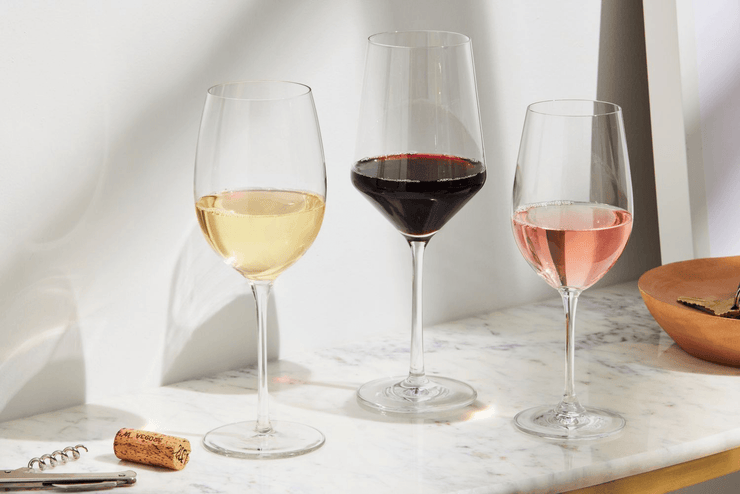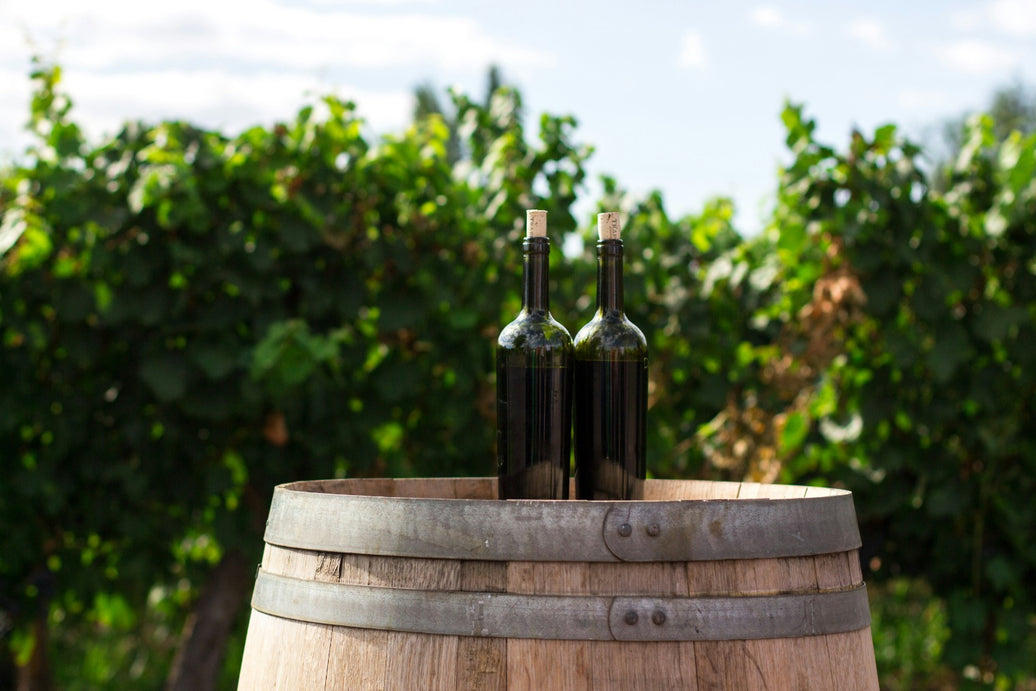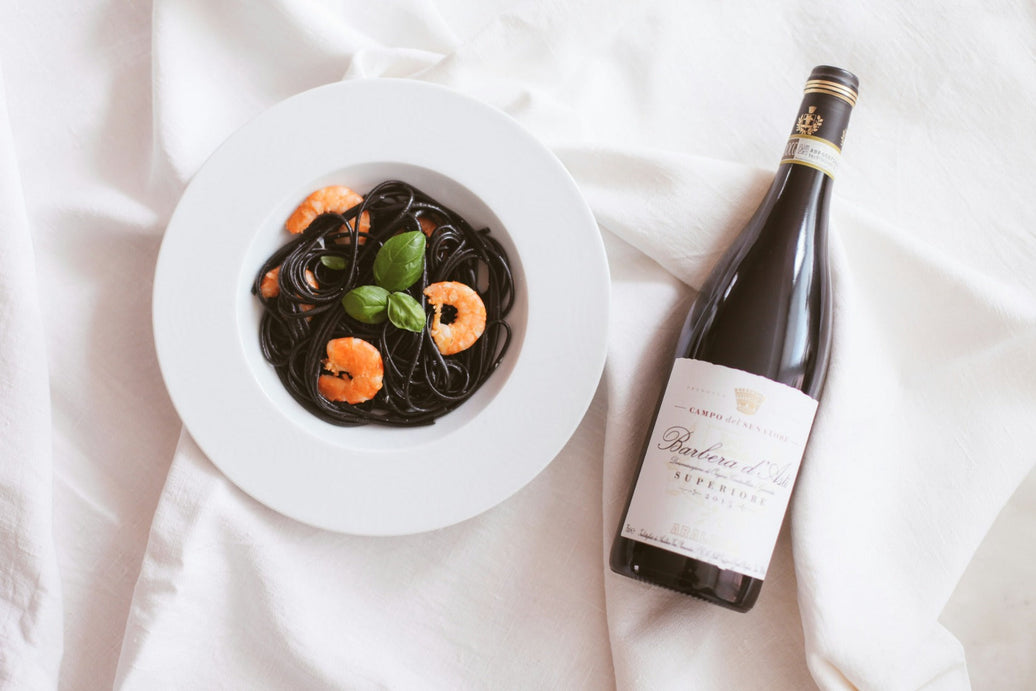When wines are young, we taste their primary flavors, like grassiness in Sauvignon Blanc, plum in Merlot, apricot in Viognier or citrus in Riesling. We may also notice some secondary notes associated with winemaking techniques, like the vanilla flavor of oak or buttery nuances from malolactic fermentation.
When wines age, we start speaking about tertiary notes, or flavors that come from development. This could mean young, bold notions of fresh fruit that become gradually more subdued and reminiscent of dried fruit. Other flavors, previously hidden by bold primary notes, come to the fore, like honey, herbal notes, hay, mushroom, stone and earth.
What causes these changes? Nothing in wine is ever static. Acids and alcohols react to form new compounds. Other compounds can dissolve, only to combine again in another fashion. These processes happen constantly and at different rates. Every time you open a bottle, you catch the wine at another stage in its development, with new and different nuances. While the proportion of alcohol, acids and sugars stay the same, the flavors continue to change.
How texture develops in wine
Texturally, the wines also change. Dry, aged white wines can become almost viscous and oily, while reds tend to feel smoother. This is due to phenolic compounds like tannins falling out as sediment over time. In a young wine, these compounds repel each other, staying small enough to remain suspended in the wine. As the wine ages, they lose their charge and start to combine, forming chains and becoming larger and heavier. This reduces the surface area of the tannins, causing them taste smoother, rounder and gentler. Once these combined compounds become too large, they fall out of suspension as sediment. Some red wines throw heavy sediment, others almost none.
As white wines age, they often evolve from pale lemon or golden to amber and even brown. Vivid salmon-hued rosés can take on onion skin tones as they age. As reds develop, oxidation often moves them from the purple end of the spectrum toward tawny or brown hues.
Run Your Business
Make sure that you do get the crafting shop supplies that you are looking for and can count on as you are handling each person’s hair.
The supplies you maintain are part of your business reputation, and a cutting hair is an art, which requires only the best equipment and tools.
You also want wholesale prices as you browse the vast online selection and fill your shopping cart with all the items you need at once. And, when you need something else, you know where to go.
Of course, when you’re running a business, you expect to get what you order quickly in order to keep up with your daily operations.
Conclusion
Do you run a barber shop? If so, you’re always in need of barber supplies to keep your business running and your clients happy. Whether its new clippers and different accessories used to cut hair or products that you’re selling to help people manage their hair better on their own.








2 Comments
Great post! I’m curious, though—how do you feel about the rise in natural wines? Do you think they’ll continue to gain popularity, or is it just a passing trend?
As a wine enthusiast, I really appreciate this post! It’s always refreshing to find content that explores the depth and variety of wine. I can’t wait to try some of the wines mentioned here!